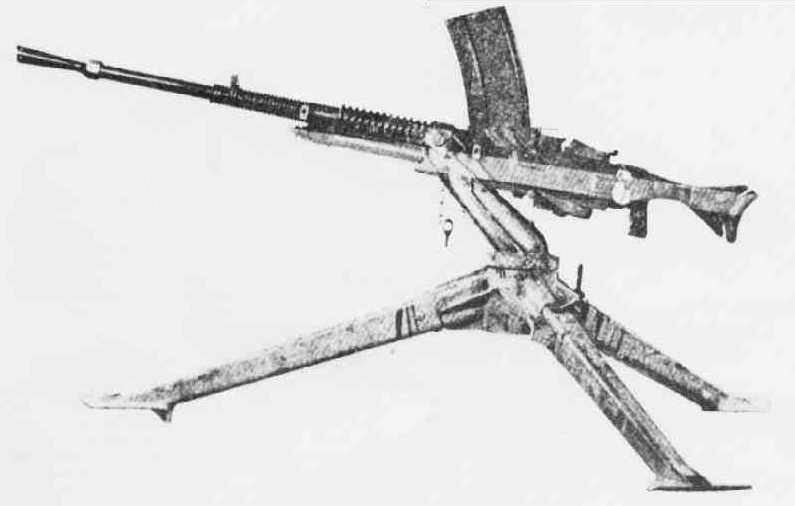|
Production reached 1,200 guns per month late in 1944. The magazine held 30 rounds and was similar in design to that for the 25 mm AA gun. Like most nations, Japan found that small caliber MGs were inadequate against modern aircraft, but this gun was still produced in large numbers right up to the surrender. Used a forged monobloc barrel and the automatics were gas-operated. Actual bore diameter was 13.2 mm (0.52"). |

13.2 mm MG on Army tripod |